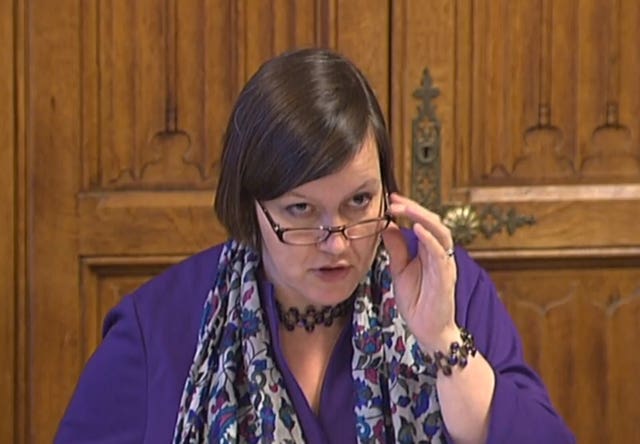
MPs have warned of the “staggering” cost of failures in border security technology after a Home Office plan to upgrade computer systems was delayed by three years.
The Public Accounts Committee (PAC) said the Home Office had a “miserable record of exorbitantly expensive digital programmes that fail to deliver for the taxpayer or for border security” because of a “lack of effective leadership, management and oversight”.
Delays to the Digital Services at the Border programme (DSAB) have cost the taxpayer £173 million so far and Border Force staff are having to use out-of-date technology to decide who is allowed into the UK.
Part of the programme is only being used by 300 border staff so far, compared with the 7,000 supposed to be using it by June, according to the committee’s findings.
The PAC report said the Home Office “continues to struggle with delivery of technology programmes at staggering cost to the taxpayer”.
Asked about the problems by the committee earlier this year, the department’s permanent secretary Matthew Rycroft said £173 million was a “very large amount of money and we are doing everything that we can to avoid that number going up any further”.
Committee chairwoman Meg Hillier said: “Immigration and border security are among the biggest political issues of our time.
“It is incredible that the Home Office can have failed so badly, for so long, to deliver technology that is crucial to our national security objectives, crucial to protecting the public from terrorism, crime, illegal immigration and trafficking, and crucial to facilitating legitimate movement across the border.
“The Home Office has struggled to get to grips with the technical challenges, resetting the programme and changing the leadership repeatedly. And it is the taxpayer hit by both the financial cost and the risks to our security.”

The report concluded the department had failed to “identify, acknowledge and be transparent about problems” in delivering technology programmes.
It is hoped the new system will help process an expected 140 million passengers a year at the border.
But the Home Office is yet to prove it can cope with a return to the volume of travellers before the coronavirus pandemic, let alone a predicted 6% annual rise in numbers, the committee warned.
The department must set out how it has changed its approach to the project and addressed problems to make sure it is delivered by the new deadline of the end of March 2022, the committee added.
The findings follow those of Whitehall’s spending watchdog, the National Audit Office, last year, which said the Home Office “did not deliver improved digital border systems to its planned timetable of March 2019”, leading to increased costs and a reliance on “legacy technology” including a 26-year-old system for its passenger watchlist to check whether suspects and persons of interest are trying to enter the country.
The department set out to upgrade the old computer systems in 2014.
A Home Office spokeswoman said: “The Home Secretary agrees with the assessment made by the Public Accounts Committee of historical issues at the Home Office.
“She is working closely with the Permanent Secretary to make changes within the Department, and deliver value for money and results for the taxpayer.
“Following the reset of the Digital Services at the Border programme in 2019, the rollout of the new Border Crossing system is on schedule to be completed by the end of June 2021, delivering increased efficiency and providing a better experience for travellers.”


Comments: Our rules
We want our comments to be a lively and valuable part of our community - a place where readers can debate and engage with the most important local issues. The ability to comment on our stories is a privilege, not a right, however, and that privilege may be withdrawn if it is abused or misused.
Please report any comments that break our rules.
Read the rules here